Composition is an intricate part of understanding and creating art. To put it as simply as possible, ‘composition’ is an arrangement of visual elements that makes us see them as a whole. Every artwork has some composition. One either creates it consciously or by accident, but one can’t create a drawing without it. In a more practical sense, the composition is the relation between the elements of the picture. And this relation is the first thing we notice. At the same time, it is actually invisible to us. It is like the skeleton of a living creature—you can’t see the bones, but they make the body look like it does.
The composition is perhaps the most overlooked aspect of art creation. If one’s composition is weak, then his/her work is also weak. Even if the artist has a full range of value, have the proportions correct, and have used the medium as a master – if the composition is poorly planned and executed, then the entire art could be considered a failure.
Good composition is all about balance. Too much is just as bad as too little. If a drawing is a dish, then the composition is the seasoning. No matter how much time one has spent in the kitchen, improperly used seasonings can ruin the entire work. But what does “proper” mean? And what are the “seasonings” of composition?
In a work of art, we wouldn’t expect to have all of the elements we include competing for attention. Instead, we should focus the attention of our viewer on one or two elements within the scene. These elements become the focal point. All of the other elements within the work then become the supporting cast members. A great composition is not the result of luck and it is certainly not about talent. It’s about understanding how a viewer will visually interact with what we create and careful planning.
The students of MYP1 were introduced to this complex subject of art composition in their tryst with visual arts. The geckos learnt how to make a composition and how to use the concept in their artwork. It was interesting to find that students were deeply engaged in their creations and understood the relevance of this concept of composition which they displayed well in their compositions!
Some highlights:
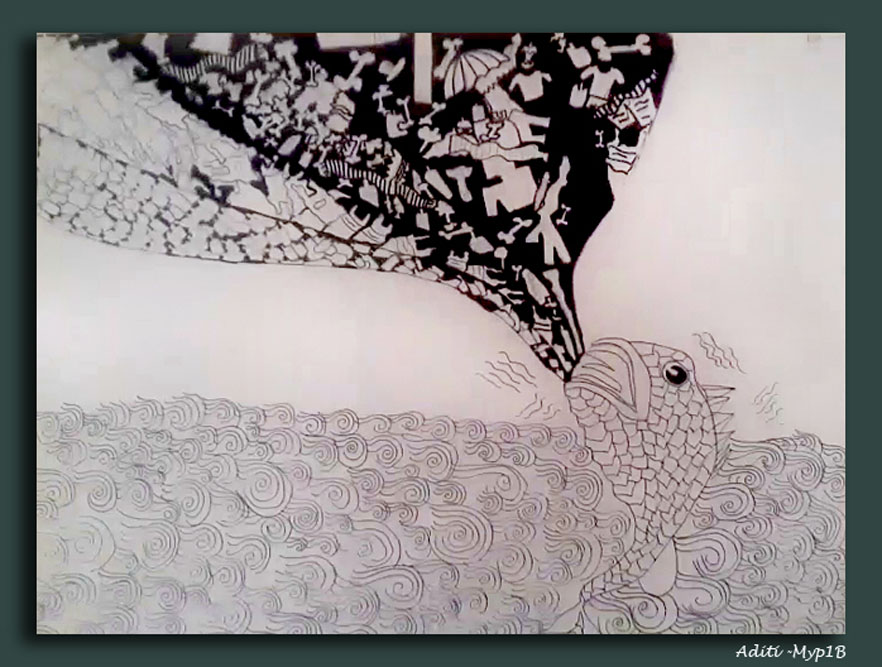
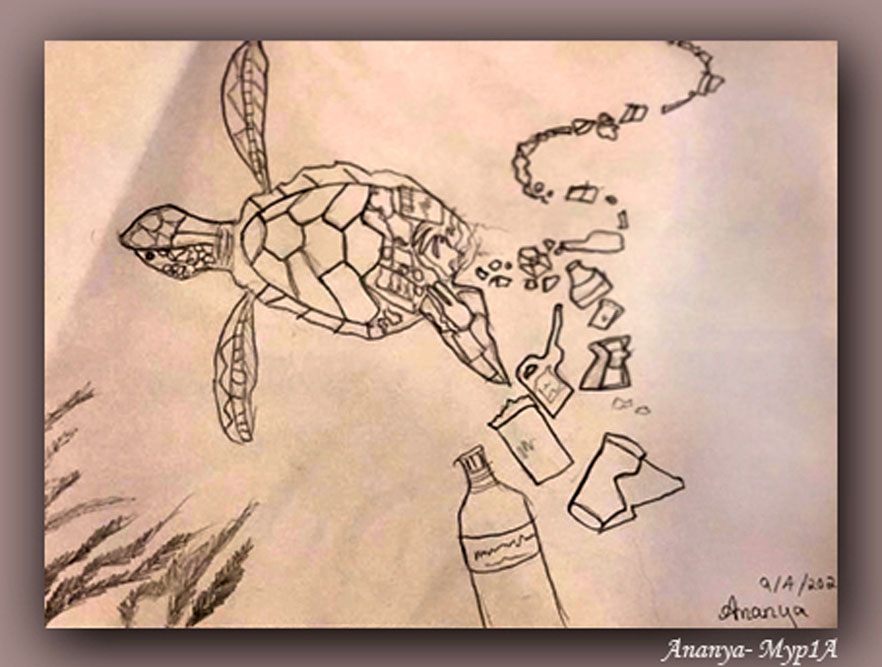
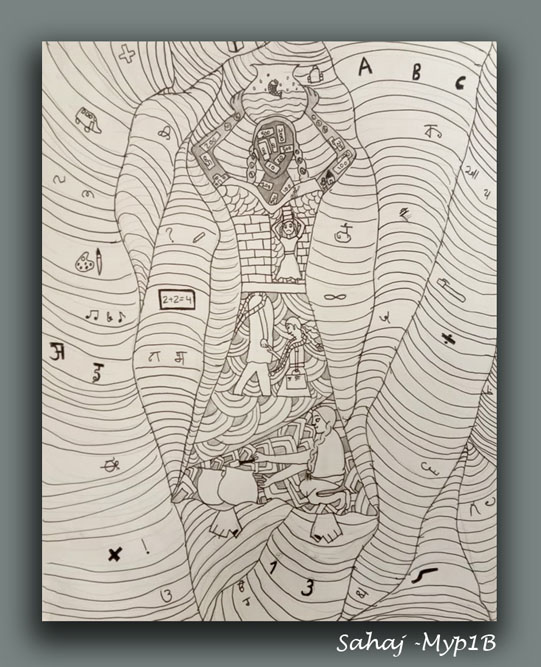
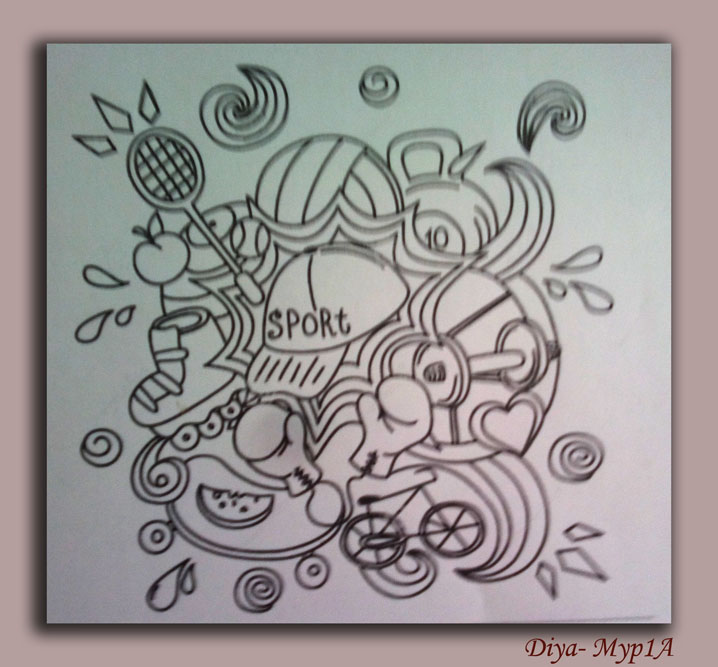
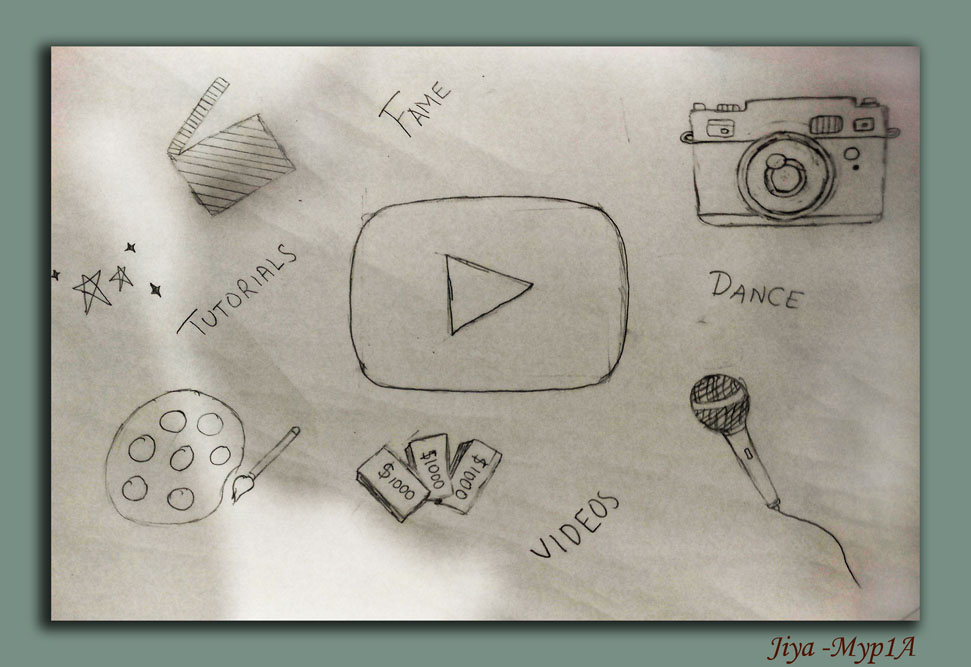
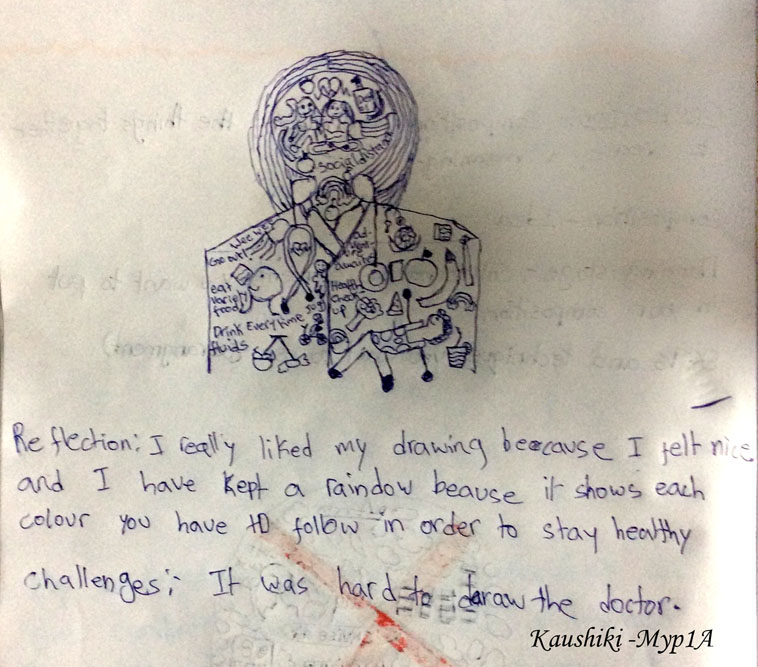
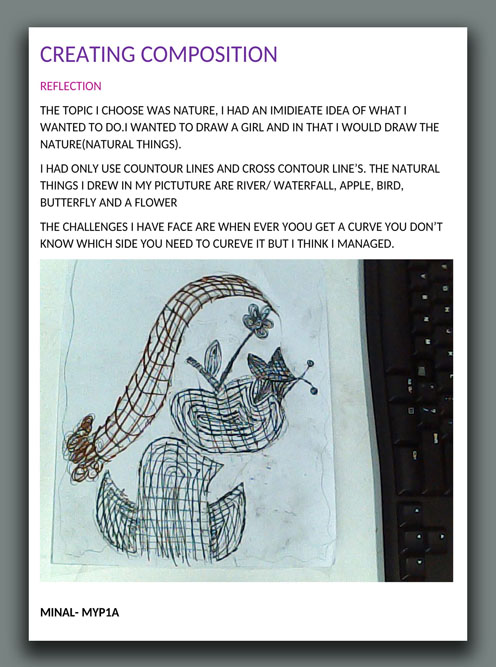
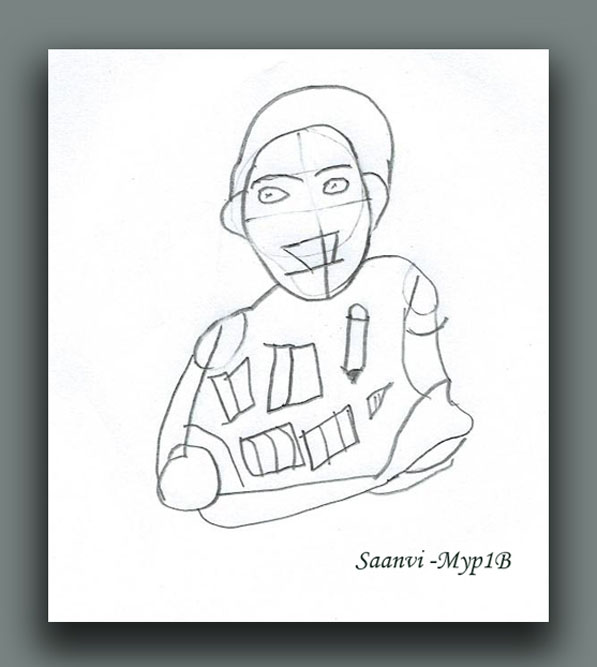
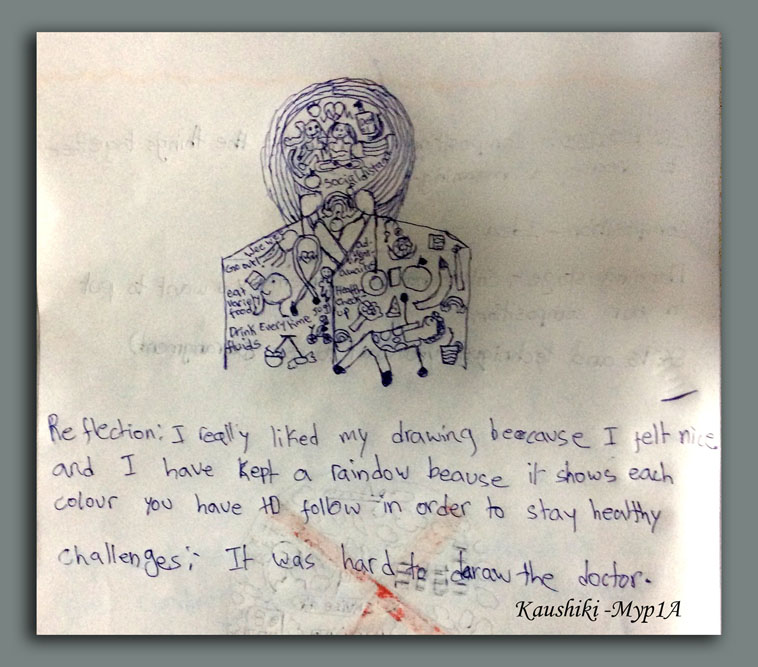





Leave A Comment